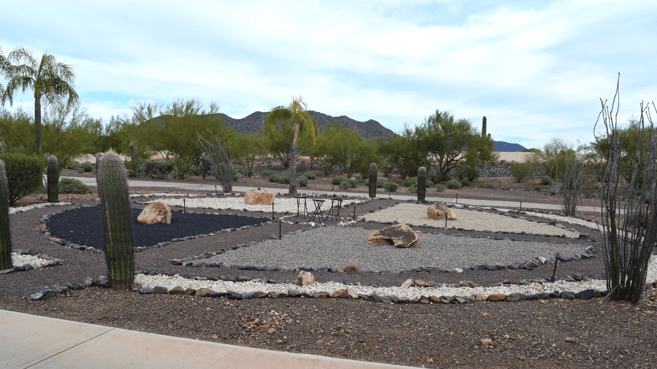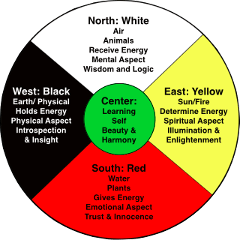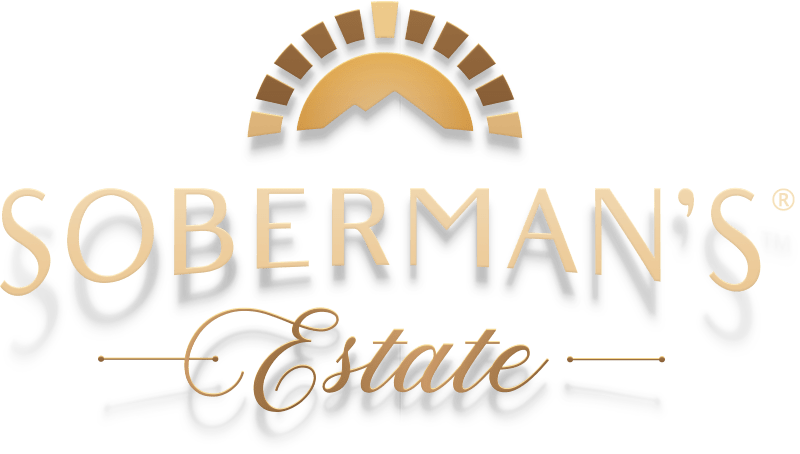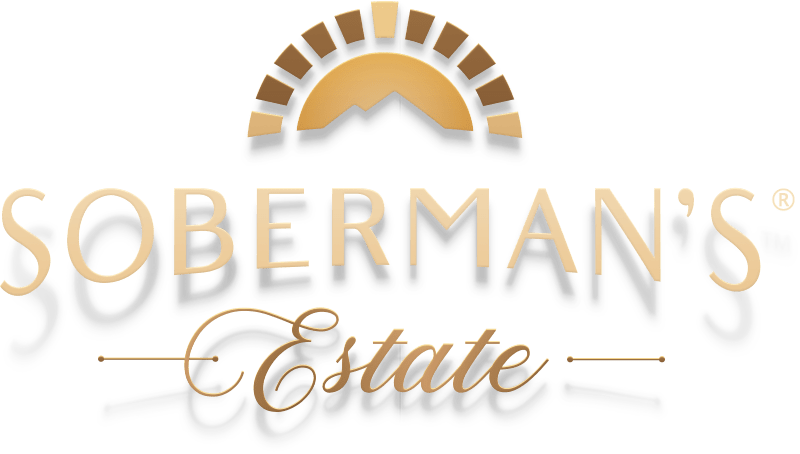Soberman’s Estate Residential Treatment Center for alcohol and addictions recently built a medicine wheel on its discreet 5-acre property in the Sonoran Desert of Arizona. The implementation of this unique tool was inspired by the Native American Medicine Wheel healing practices. I sat down with Diana Gogan, Medicine Wheel Expert and Equine Therapist, to learn more about medicine wheels, and how they help individuals on their healing journeys.
*Throughout this interview, D= Diana Gogan and H= Hannah Prager
THE MEDICINE WHEEL
H: What is a medicine wheel, and where does it come from?
Essence
D: A medicine wheel, at a high level, is that place where people would go to heal, to meditate, to gain insight and wisdom, to do ceremony. Ancient cultures have been using the medicine wheel, in various forms, for thousands of years. We’re [in Arizona] most used to the Native American Medicine Wheel because those are the native cultures here.
The circle is based on the four directions, east, south, west, and north, and each direction has various symbols, including colors, seasons, life cycle stages, times of day, and more. Each quadrant has a specific animal, and we chose animals for Soberman’s Estate that were native to the area here. We followed more closely the Apache Medicine Wheel because that is the tribe we have more history of in this area.

Figure 1: Soberman's Estate Medicine Wheel at Sunrise
History
D: There are ceremonies and times of the year the medicine wheel becomes very important to [The Native Americans], and it varies per tribe. Not all tribes had a medicine wheel, and each tribe’s interpretation and use of it differs. The way I teach it, you enter in through the East and go clockwise. Some tribes enter through the West and go counterclockwise. Some have different colors; some make their wheels with different types of elements. The Cherokee use logs rather than stones. There are many different interpretations and ways each tribe has used it specifically for their needs.
Application
D: The medicine wheel can be used as a daily (or weekly, monthly, occasional...) meditation. It’s similar to walking the labyrinth. There’s some grounding and centering, and we enter the medicine wheel often with an intent. It might be What do I need to know today? Or What do I need to know to heal my relationships?
Then you go out and walk, and maybe visit each quadrant, self-reflect and ask for wisdom or insight, or maybe just walk until you’re drawn to a particular quadrant or something speaks to you, then you stop in that quadrant, engage with that direction, and meditate for a while on that intent.
You can go deep within your own healing, life, and reflection of what’s going on in each quadrant because it encompasses so much. It's not that you must do that every cycle around the medicine wheel- what is important to you at that time will come forth, and that’s what you’ll work with.
Oftentimes when a client wants to work longer term than a single session, we spend a lot of time on each direction, and map out various parts of their life, because we might have a relationship in one quadrant, our career in another quadrant, etc. They have this opportunity to walk away with something that is personal and meaningful to them. Not that using someone else’s version of it is a bad thing, but it’s nice to have your own version that speaks to your heart and soul.
I also sometimes combine the medicine wheel with Equine Therapy. It depends on what the client is working on. Sometimes we’ll walk the medicine wheel with the horse, sometimes we’ll do a medicine wheel session in conjunction with Equine Therapy.
HEALING & GROWTH
D: In particular at Soberman’s Estate, clients can apply the circle of that wheel as their circle from addiction into sobriety.
H: Can you expand further on the circle “from addiction into sobriety”?
D:
EAST
The Soberman’s Estate Medicine Wheel was created where you enter through the East, which is the stage of dawn, and that represents dreams and visions, new beginnings, and creation. [The clients often hold a vision of a life of sobriety they want to create.]
SOUTH
Moving into the South [quadrant], you’re putting in the work, you’re putting in the love, you’re nurturing what you’re growing, you’re taking the action to create it, letting it blossom and yield fruit. Here the clients start to apply their learnings and do the releasing and healing. They become more centered back into themselves.
WEST
West is that time of harvest, reaping your reward, thankfulness and gratitude, things of that nature. Here clients reflect on all they’ve accomplished and who they’ve become through this journey. They can reap the rewards of that work, and relish that moment.
NORTH
North is where things go dormant externally, and internally, you rest, relax, prepare, nurture yourself, and connect perhaps more to your soul and to your spirit so that when you come around again and enter through the East, you have new dreams and ideas. Here clients rest and repair as they plan for what life is like outside of Soberman’s Estate.
CENTER
This is the spot where we stand whole and look out around the circle. It’s also that space where we connect with what I call divinity- whatever a person’s spiritual beliefs are. It's where you connect to that source for guidance and direction, and it’s the combination of that source and being truthful and whole in ourselves that really creates the strength of the wheel. If you think of an old wagon wheel- if the hub of the wheel were to break the whole wheel falls apart. The center of the wheel really represents us, it’s an important space for us personally.

Figure 2: Medicine Wheel Symbolism. Source: https://www.pinterest.com/pin/22799541842635681/
H: What if someone arrives before they’re in the East stage, for example they’re still in denial?
D: That denial stage could be that space between North and East, they’re kind of in that quadrant. Sometimes that’s where we can get lost and stuck because we’re in denial, we have no idea of what comes next, or we’re just so tired and beat down that we can’t even see the light so to speak. Some people could come in through there, until they find that vision at Soberman’s Estate.
H: It seems like ¾ of the quadrants are about going and doing, and one of them is about being. Is that another reason people get lost in that quadrant, because they may not be used to that internal space?
D: Yes, I think you’re absolutely right there. Any of those four quadrants people can get lost and stuck in because they’re feeling pulled back to what was, they’re afraid to ask for help, things go wrong, or their whole world starts to crash in so to speak.
“Courage is the power to let go of the familiar.” -Raymond Lindquist
H: What happens as people move through the quadrants?
D: I see a lot of people as they go from quadrant to quadrant become more authentically who they are. You begin to engage in life differently, you begin to take responsibility, in other words you begin to own your life and the choices and decisions you’ve made that have brought you here. I always encourage people to look at that without judgement, because it doesn’t matter- you can’t go back and undo those things, but what you can do is make different choices and create different things. They learn compassion for themselves as they heal and go through this journey.
So much of our society is linear based, we’re run by the clock and the calendar. But with the circle, there’s no beginning and no end, so life just continues to flow into itself. Because it’s cyclical, it’s not like you have to follow 1,2,3,4. You can go back. Sometimes when we have that vision in the East, it’s great to walk right across to the West and look back at the East and imagine yourself having that dream, reaping the harvest of that dream, and see a different perspective of where you’re starting.
H: It sounds like the whole process, where there’s no beginning and no end, this constant flow, it’s almost like going from a victim mentality to a freedom mentality, or from passivity to leadership, and constantly evolving into the leader that they can be.
D: Absolutely, yes.




